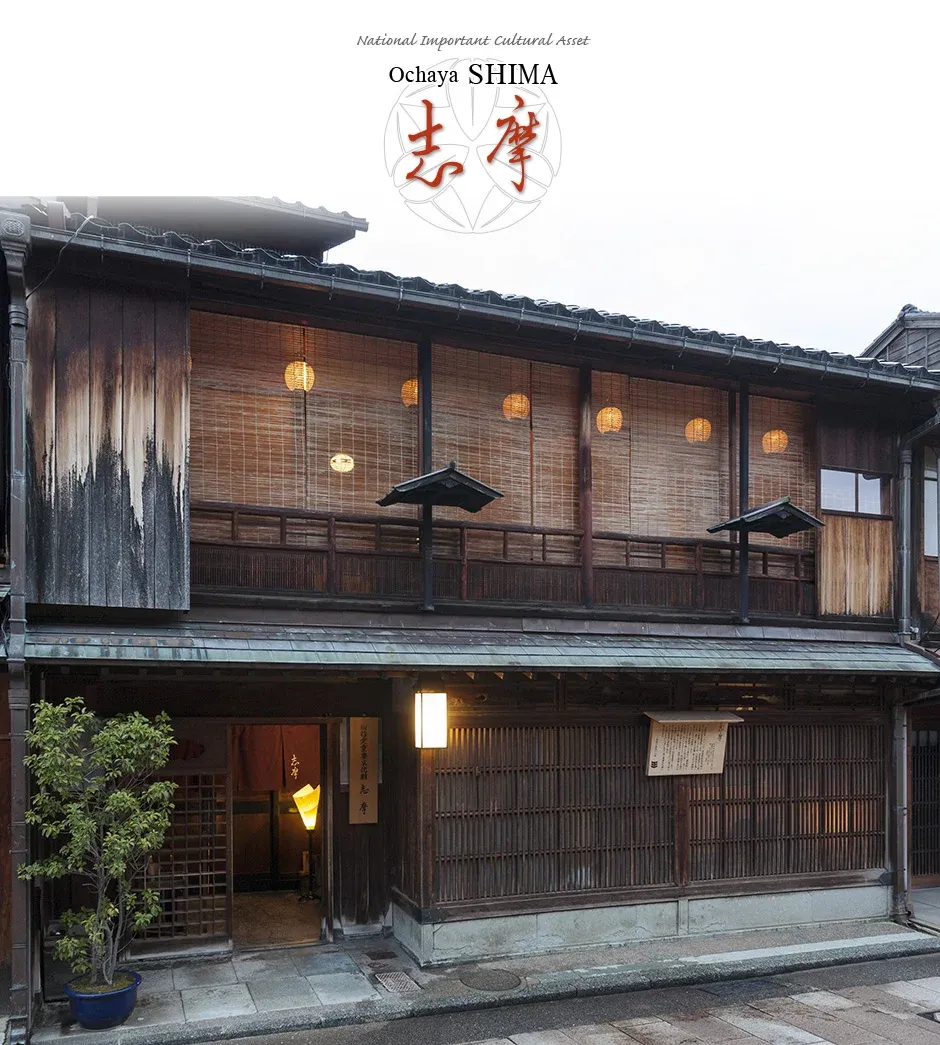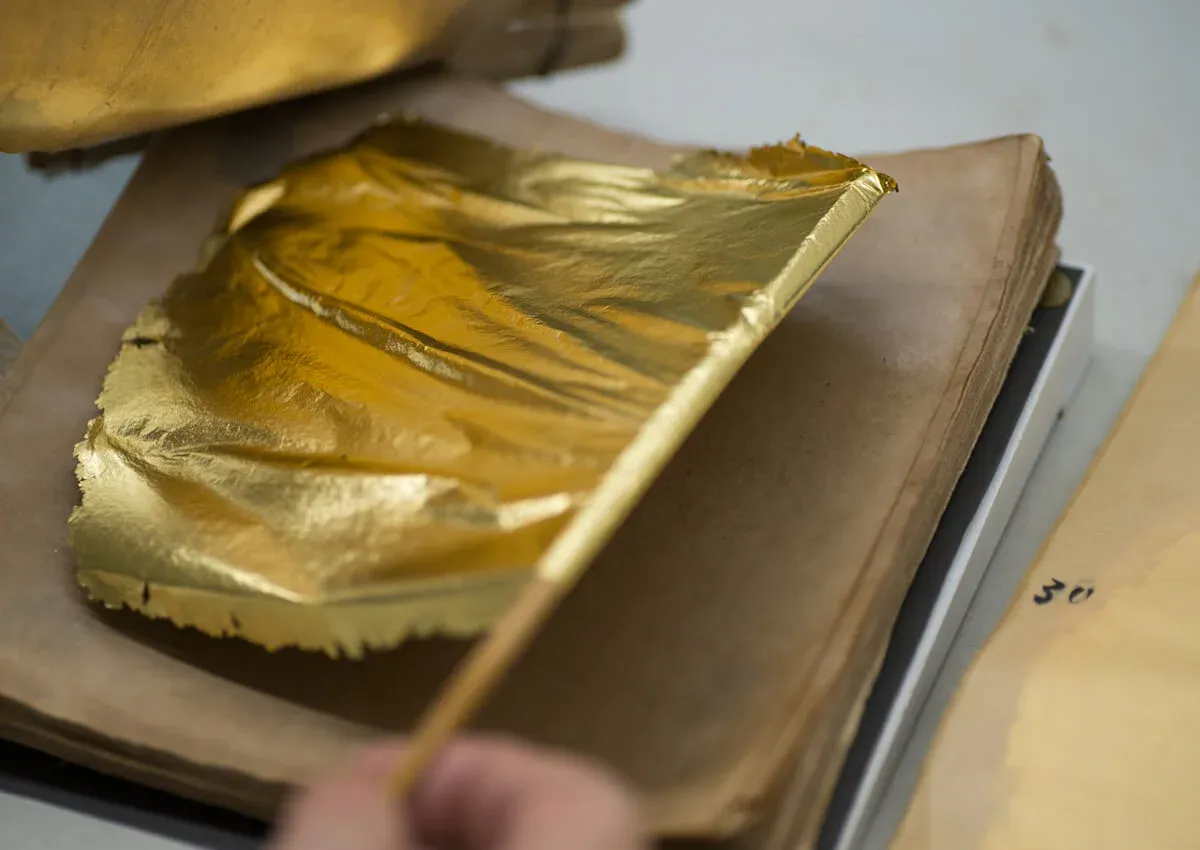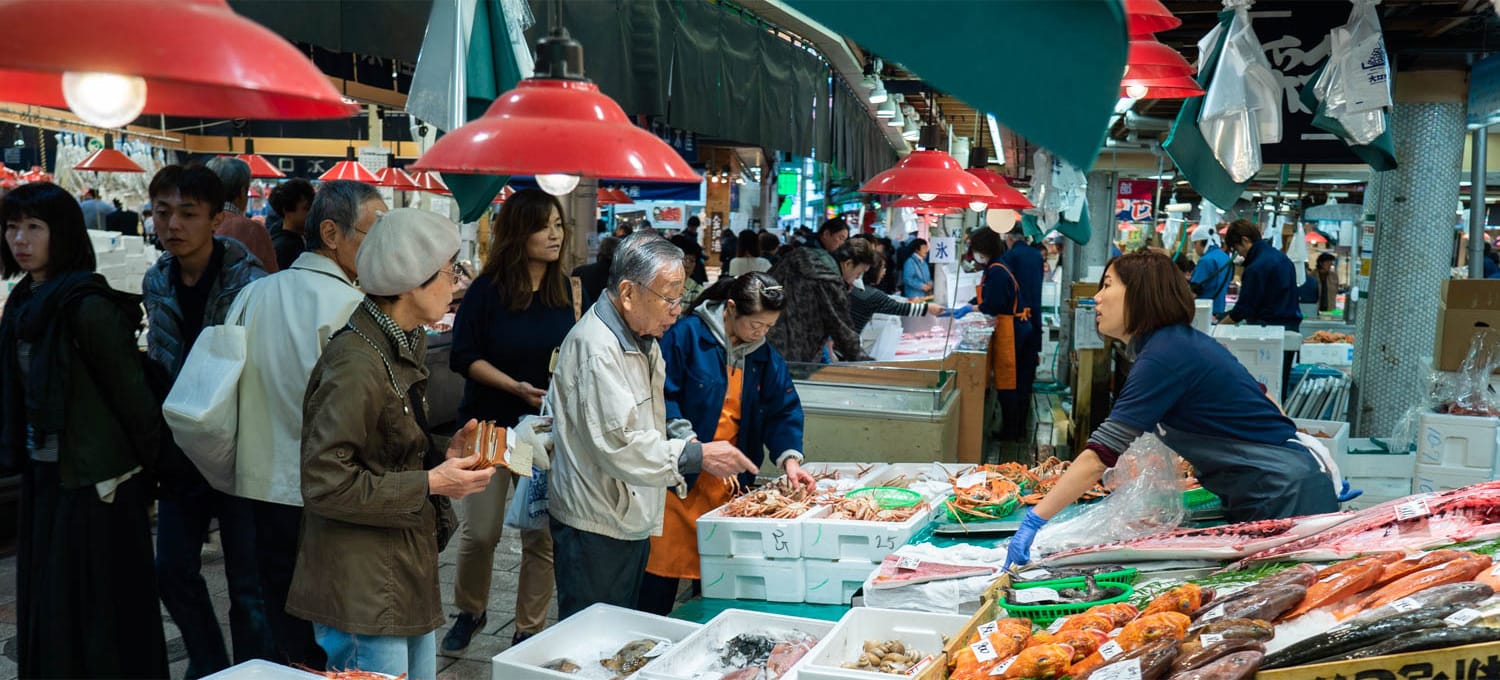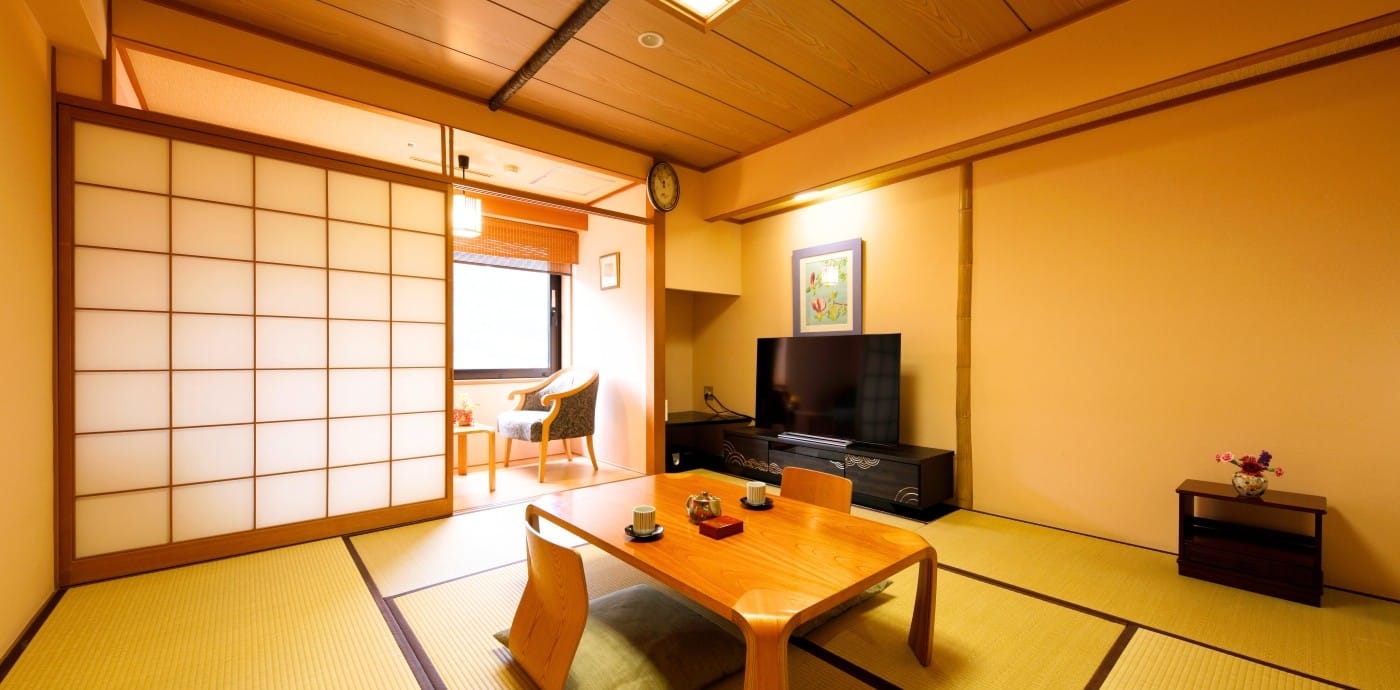What to do in Kanazawa: Japan's Hidden Samurai City
What to do in Kanazawa? The city where time stood still. The guide you need to explore the geisha and the samurai.

After realizing this is a hidden samurai city in Japan, I'm wondering what to do in Kanazawa? I'm here, bringing you the most comprehensive guide I can create. In an ancient city, the only thing you can do is learn and experience the most authentic cultural treasures. So, let's go together on this adventure.
This former castle town, once ruled by the powerful Maeda clan for nearly 300 years, preserves Japan's feudal heritage like no other city. Kanazawa offers travelers an intimate glimpse into traditional Japan, where samurai districts remain frozen in time and centuries-old crafts continue to thrive.
The city escaped the devastation of WWII, making it Japan's best-preserved Edo-period city. The Maeda clan transformed Kanazawa into a cultural powerhouse with artisans, merchants, and scholars. Nowadays, people walk the same stone-paved streets that the samurai walked and, at the same time, explore the districts where geisha practice ancient arts.
What to do in Kanazawa? First-visit Destinations
Kenroku-en Garden
Kenroku-en was created by the Maeda lords over 200 years ago. The garden's name means "six attributes garden," representing:
- Spaciousness.
- Seclusion.
- Artifice.
- Antiquity.
- Water-courses.
- Broad views.
Construction began in 1676 with Renchitei, a landscaped garden that evolved over the centuries. By 1822, the garden adopted its current name, and in 1874, it opened to the general public.
Admission tickets are purchased at the garden's ticket office. The price for adults is 320 yen and 100 yen for children. Its doors open from 8:00 a.m. until 5 or 6 p.m.

Higashi Chaya District
What to do in Kanazawa? Get to know geisha culture up close.
This district is known for being the home of geisha. It dates back to 1820, when the Maeda clan designated specific areas for teahouse entertainment. Since then, Higashi Chaya has been kept in such pristine condition that it seems frozen in time.
The ochaya (tea houses) are easy to recognize. They are made of wood and have distinctive latticed facades, which have remained virtually unchanged.
Shima Tea House (admission 500 yen) offers a traditional perspective on geisha culture. Hakuza showcases the craft of gold leaf. You can also find gold-leaf ice cream cones.
Fact: Kanazawa produces 99% of Japan's gold leaf.



Photos by Shima Tea House & Hakuza.
Nagamachi Samurai District
The streets are narrow, the walls are made of earth, and the doors of the houses are made of wood. The setting evokes feudal Japan. This is where you can now visit a couple of homes where the samurai of that era lived.
The Nomura Family Samurai House, a wealthy family serving the Maedo clan, lived there from the 16th century until the end of the Edo period in the mid-19th century. At that time, most samurai houses were destroyed, but this one wasn't. The Nomura Family Samurai House sold much of its land. In the 20th century, businessman Kubo Hikobei bought the property and restored it. It now belongs to the city and has been restored to give visitors a glimpse into life during that era.
Hours change depending on the season, and it is closed on December 26th and 27th. Admission for adults is 500 yen, for teenagers between 15 and 17, 400 yen, and for children between 7 and 14, 250 yen.
The Shinise Kinenkan Museum (100 yen) explains the merchant culture of the Edo period.
To understand the merchant culture of the Edo period, visit the Shinise Kinenkan Museum. Part of the museum is a replica of a period shop, while another part displays traditional crafts and wedding-related objects.

Immerse yourself in traditional culture
What to do in Kanazawa? Take the time to explore more of the city.
Omicho Market
Operating for 300 years, this market was where samurai and merchants alike purchased fresh seafood from the Sea of Japan. You can't miss kaisendon (seafood bowl) for ¥1,500-3,000.
The market reflects Kanazawa's position as a major port connecting inland Japan with maritime trade routes.
D.T. Suzuki Museum
Dedicated to the Kanazawa-born philosopher who introduced Zen Buddhism to the West, this minimalist museum designed by Yoshio Taniguchi offers contemplative spaces perfect for slow travel.

Experience Traditional Kanazawa Cuisine
If you are still asking what to do in Kanazawa? Let's go for some traditional flavors.
Kaga Cuisine developed from the sophisticated food culture of the Maeda court. Its specialty is seafood thanks to its geographical location. You can book traditional cooking classes online or simply indulge your taste buds at a local restaurant.
- Zeniya: Michelin-starred restaurant (¥10,000+ per person) serving refined Kaga cuisine.
- Omicho Market stalls: Authentic, affordable kaisendon and local specialties (¥1,000-2,000).

Where to sleep in Kanazawa?
- Asadaya Ryokan: A four-room hotel that takes care of every detail to provide guests with an immersive experience in Kanazawa culture.
- Kanazawa Hakuchoro Hotel: Here, the rooms are decorated with a romantic Taisho-era theme. They redefine elegance and dignity. Every accessory is carefully selected; the teapots and teacups are made of Kutani pottery, while Yuzen art stands out on the walls.
I'm so glad you made it this far. Plan V is an independent magazine, and your donation allows me to continue doing this.
See you soon.
Thank you!
FAQS
Is Kanazawa in Japan worth visiting?
Yes! Kanazawa offers Japan's most authentic samurai and geisha culture experience, with preserved districts and traditional crafts unavailable elsewhere in such concentration.
How many days are needed in Kanazawa?
Two to three days allow for thorough exploration of the main districts and cultural sites. Five days enable deeper cultural immersion and day trips to nearby attractions. But, like any good slow travel magazine, I recommend a stay of more than 10 days to get to know and understand the history and culture of the place.
What can I do in Kanazawa?
Explore samurai residences, visit working geisha districts, experience traditional gardens, learn gold leaf craftsmanship, taste refined Kaga cuisine, and stay in historic ryokan.
What is Kanazawa popular for?
Kanazawa is renowned for its preserved samurai and geisha districts, Kenroku-en Garden, gold leaf production (99% of Japan's supply), and sophisticated Kaga cuisine developed during the Edo period.






